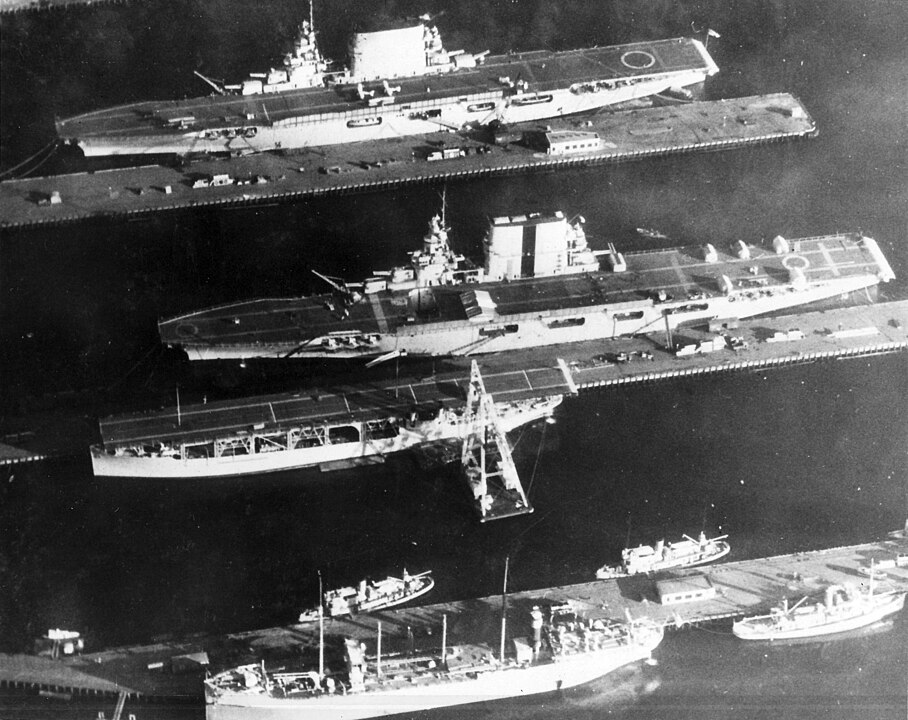
The early 20th century saw the emergence of battle cruisers as a unique class of warship, designed to combine the heavy firepower of a battleship with the speed of a cruiser. This concept resonated with major naval powers, including the British and Germans, who developed their own versions with distinctive philosophies and capabilities. The U.S. Navy, however, initially abstained from this trend. It wasn’t until the Preparedness movement of 1916 that the U.S. Navy embarked on a program to construct six battle cruisers of its own, marking the first and only such vessels ordered by the U.S. Navy. These ships, classified as the Lexington class and designated CC-1 through CC-6, would never be completed as intended due to the drastic changes brought about by the Washington Naval Treaty of 1922.

The idea of an American battle cruiser had been circulating within the U.S. Navy for some time. Early proposals and thought experiments at the Naval War College indicated interest in a ship type that could overtake armored cruisers and perhaps even support the battle fleet with a “fast wing.” With the British HMS Invincible setting a precedent, the U.S. Navy began to seriously consider the design of their own battle cruisers. The Japanese laying down of the Kongo in 1911, designed by Sir George Thurston, prompted renewed urgency in the U.S. to respond to perceived threats in the Pacific, given the competitive interests with Japan in Southeast Asia and around the Philippines.

The onset of World War I and the ensuing naval blockades by Britain and Germany against each other, which affected U.S. trade, influenced President Woodrow Wilson’s stance on naval power. The sinking of the Lusitania in 1915, with American citizens on board, underscored the strategic importance of naval strength in the face of international conflict. Wilson, desiring to keep the U.S. out of the war but recognizing the need for maritime security to ensure free trade, proposed an unprecedented naval expansion bill, which would later become the Naval Act of 1916. This act authorized the construction of six battle cruisers, assigned the designations CC-1 to CC-6.

Despite these intentions, the post-war climate and the ensuing Washington Naval Treaty changed the fate of the U.S. Navy’s battle cruisers. The treaty’s stipulations on tonnage limits and a mutual desire to prevent an arms race led to the cancellation of four of the six ships. The remaining two, the Lexington and Saratoga, were repurposed and successfully converted into aircraft carriers, a decision emblematic of the shifting paradigms in naval warfare and strategy.
related images you might be interested.












